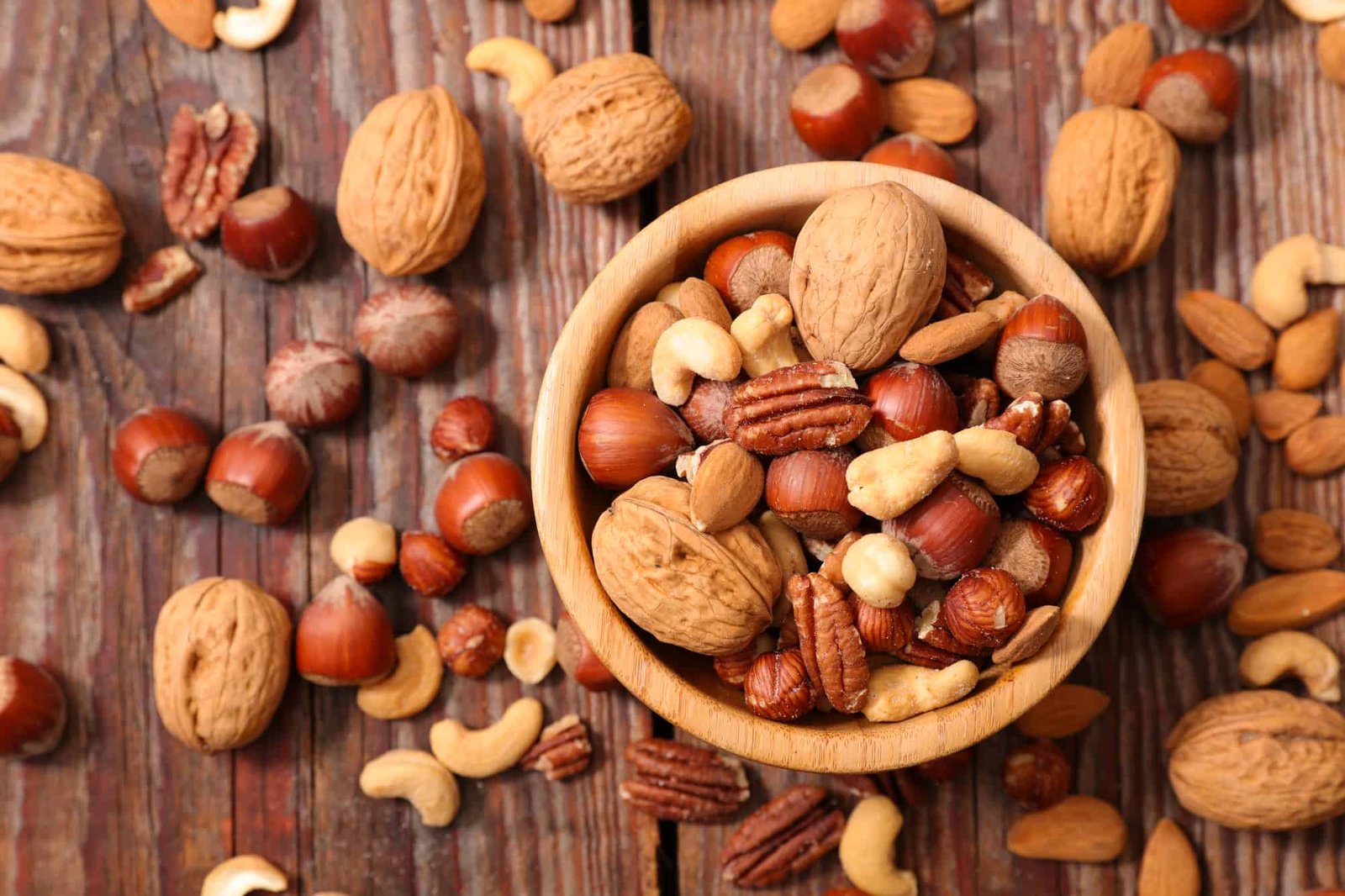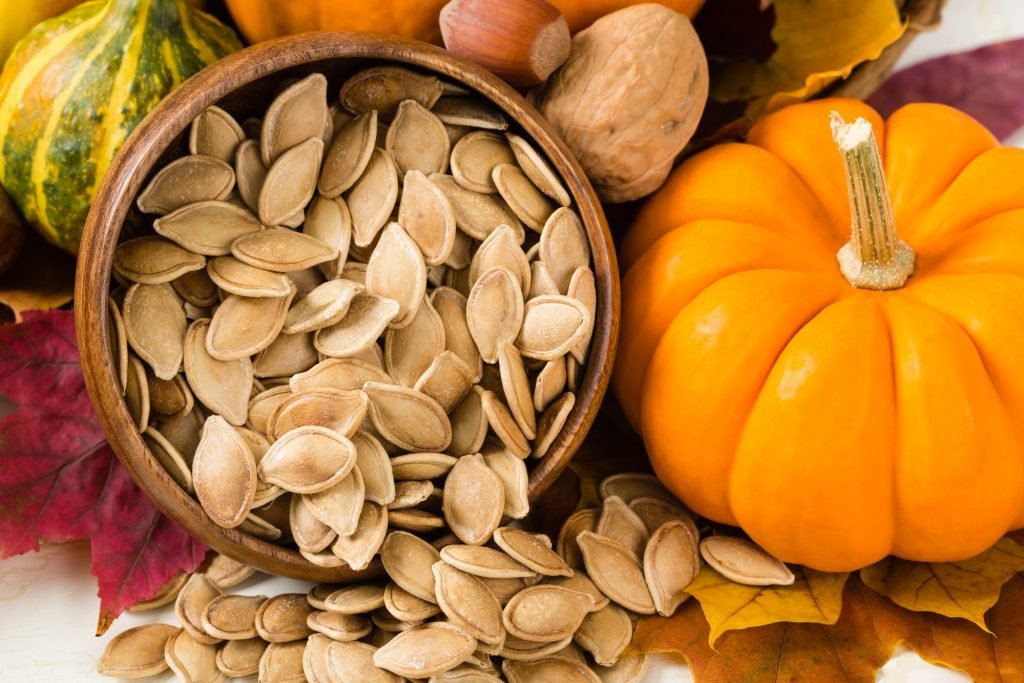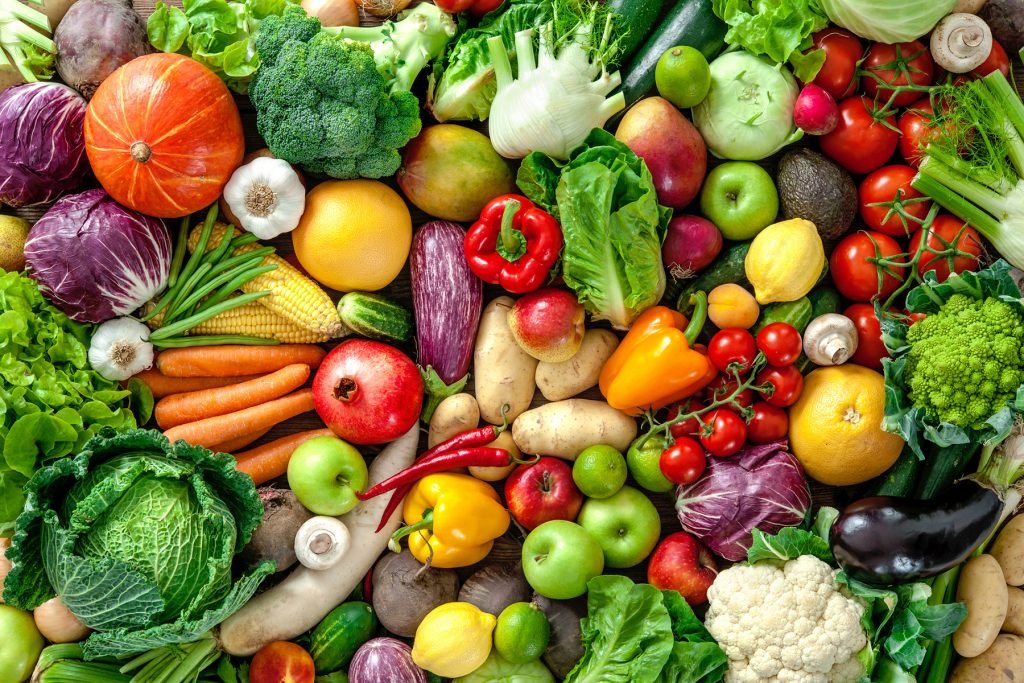After I delivered my child, the first thought that crossed my mind was all the junk that I had missed for the last couple of months. I was smiling, thinking about cinnamon rolls laden with sugar syrup and chole bhaturas.

And just out of courtesy, I checked with my darling doctor before placing my order from my hospital bed. My doctor smiled gently at my innocence. She calmly asked if I was okay with sharing a tiny portion of the spicy Chola bhatura with my little boy. I looked at her surprised, rolled my eyes, and said, “I don’t think he can take the spice or the oil.” And then she left the room smiling to herself. That’s when I realized that the child would be nursing from me entirely. What I put in my body is what he will be collecting his nutrients from.
I skipped placing the order that day and enjoyed a good puri subzi instead.
Breastfeeding – Why And Hows?
You are a new mother, and things around you have changed overnight. There are multiple decisions to be made. To begin with, the decision to breastfeed or formula feed. The feeling is overwhelming, and like many, you are seeking the comfort of your favorite foods. And darling, that’s okay if you know where to draw the limit.
Breastfeeding has exceptional benefits for both you and your child. It saves a lot of energy and money too. History suggests that mothers’ milk is like liquid gold; absolutely priceless for the baby.
Don’t you think it takes effort and energy to create something so invaluable? This is where breastfeeding foods come into the picture. Your body has gone through major stress and is extremely weak right now. You need nourishing food that’s rich in nutrients not only to improve your milk but also for yourself. Eating right after delivery goes a long way in keeping your mental and physical well-being in check.
Subsequently, breastfeeding does a lot of good to your hormones and moods. Your risk of certain lifelong ailments, some as serious as cancer, is reduced by multiple folds.
I loved the fact that breastfeeding helped me lose weight and reach my pre-pregnancy weight sooner.
What Happens When One Doesn’t Eat Nutritious Foods?
The answer to this question is a no-brainer. When not eating nutritious foods, one doesn’t get nutrition to perform day-to-day activities. Imagine the same scenario when there is someone who is feeding off you!
You become weaker, and so does the baby, who is dependent on you for all its nutritional needs. A mother’s breastmilk is known to contain everything that a child needs except for vitamin D. The breastmilk changes its quantity and quality as and when required. It is watery in the initial days and becomes thicker as the baby grows.
So when you do not provide your body with what it needs, it weakens. This eventually leads to deterioration in the quality of your milk. Not only this but poor nutrition while breastfeeding can lead to serious problems like calcium deficiencies later in life. Your body requires to eat for both of you. But the risk here is you can’t increase your number of calories significantly. This might lead to weight gain. So the trick here is to eat foods that have calories and some form of nutrition. Otherwise, you end up eating blank calories that do no good for your body’s recovery or the baby.
What’s The Solution For This?
Like everything else in life, balance is key. Eat everything in balance until and unless you have been advised against it by your doctor. Some foods, lactogenic foods, are known to do wonders to the quantity of milk flow. While some other foods will do great to keep your intestinal flora and fauna clean.
So the trick is to have a balanced and nutritious diet plan and consume a good amount of fluids. Eating low nutritional food has certain effects on the mother’s body, and the child finds it hard to adjust then. It could be the flatulence, the acidity, or just dehydration, caused due to an imbalanced diet.
The Best Foods To Eat While Breastfeeding!
Nuts Of All Kinds

Nuts are known to be small powerhouses of the right kind of minerals and vitamins. They have iron, calcium, zinc, vitamin B, and K. These are all essential nutrients that a new breastfeeding mother can make use of. Nuts are also high in their fat content while carrying a good amount of carbohydrates in them too.
They help increase and improve the quality of breast milk, but they also help the mother. A new mother needs a lot of good fats to repair her healing body. In the past, almonds and walnuts have been spoken highly of in Indian scriptures. Their healing and lactogenic properties are known to be magical. Some myths also suggest that nut consumption makes the baby grow smarter and less likely to develop behavioral problems.
How To Consume Nuts: Nuts like almonds and cashews are tasty even in their natural form. You can also choose to make a trail mix with seasonings of your choice. This will make it easier for you to grab them as and when required. You can also make energy bars and have them as a small snack. Early morning breakfast is also a good time to incorporate those nuts into your meals.
All Edible Seeds

A small seed grows into a big tree that eventually bears fruits and flowers. This is proof of how powerful a small seed is in the first place. They have a concentrated version of all the grown plant’s nutrients. Some seeds like chia and flax seeds contain miraculous amounts of proteins, minerals, iron, and zinc. However, note that flaxseeds are best consumed in powdered form. This is because flax seeds can not be broken down when consumed in their natural state. Flax seeds are lactogenic and reduce chances of cancer, high blood sugar, inflammation, etc.
Certain seeds like chia seeds are also known because of their fiber content. This fiber in them helps one feel fuller for longer. The omega 3 fatty acids found in seeds are known to do great things for the growing child’s hair quality and brain development. The wonderful nutty taste of seed is a blessing in disguise.
How To Consume Seeds: Seeds can be added to your trail mixes or consumed in a roasted form. I usually sprinkle a couple of spoonfuls to my morning oatmeal. The crunch they add to otherwise bland oatmeal is a life changer. You can also roast seeds, powder them and use them as a sprinkle or a spread in your sandwiches or Rotis.
Eat Vegetables Of Every Color Available To You

Here, I mean to consume reen leafy vegetables and red/orange root vegetables. A wide platter of seasonal vegetables and fruits ensures that your diet isn’t boring while also supplementing you with each nutrient group your body requires right now.
You don’t necessarily have to order kale or any other variety of exotic vegetables from a pricey supermarket. Eat whatever is available around you. Nature provides the right vegetables and fruits at the right season. If you notice, you will find water-rich fruits and vegetables are cheaper during summer. That is the time when our bodies seek more water, and these fruits and vegetables are abundant.
No, vegetables aren’t necessarily lactogenic in general. But vegetables go a long way in providing the right nutrition and keeping your weight in check. This habit also helps the child in developing a taste for vegetables later in life. You can’t expect your little one to eat vegetables while you are gorging on chips, can you?
The phytoestrogens present in green leafy vegetables are what are known to aid in milk production. Myths suggest that eating vegetables like cabbage, cauliflower, and broccoli can make the breastfed child gassy. This is entirely untrue, as the culprit (carbohydrates) can’t be passed through mothers’ milk. However, red and orange vegetables are known to have certain lactogenic properties along with phytoestrogens.
How To Consume Vegetables: Vegetables have absolutely no rule, until and unless they are being deep-fried for consumption. You can have them steamed, blanched, roasted, or just raw. Add a seasoning of your choice, and you are good to go. You should also consume barley, Dalia, and legumes in different forms. These mundane foods from our pantry are capable of wonders that are hard for us to comprehend.
What Causes Certain Foods To Increase Milk Flow?
Food might not be directly lactogenic but can still aid in milk production. Some foods like carrots and legumes are galactagogue, which means they indirectly help milk production. Some strong-smelling foods like garlic and onion are known to change the taste of the mother’s milk. This encourages the child to suckle more, which eventually leads to more milk flow.
Traditionally, in the Indian subcontinent, Water Gourd and Dalia, etc., are known to do wonders to the milk flow. The reason behind this is most probably the higher water content in those foods.